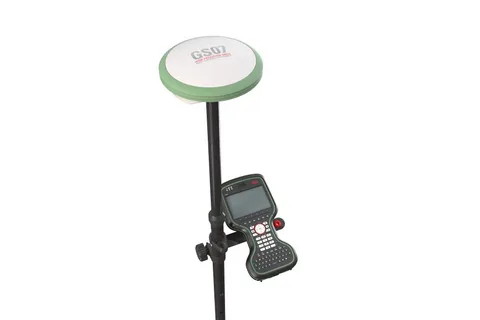As urbanization accelerates, the demand for smarter, more efficient cities grows stronger. At the heart of these smart cities lies a network of advanced technologies working in unison. Among them, the integration of Global Navigation Satellite Systems (GNSS) with the Internet of Things (IoT) is playing a transformative role. Integrating gnss with IoT for smarter cities is revolutionizing urban infrastructure, improving public services, and enhancing quality of life for residents.
Understanding GNSS and IoT
What is GNSS?
GNSS refers to a system of satellites that provide geospatial positioning with global coverage. GPS (from the USA), Galileo (EU), GLONASS (Russia), and BeiDou (China) are some examples. These systems enable precise location tracking, which is critical for navigation, logistics, and timing.
What is IoT?
The Internet of Things (IoT) is a network of interconnected devices that collect and exchange data over the internet. In the context of smart cities, IoT devices include traffic sensors, air quality monitors, connected vehicles, and even smart streetlights.
The Role of GNSS in IoT for Smart Cities
Integrating GNSS with IoT for smarter cities allows real-time location data to be embedded directly into urban applications. Here are some key areas where this synergy is making an impact:
1. Intelligent Transportation Systems
GNSS enables precise tracking of public transport, ride-sharing services, and private vehicles. When combined with IoT devices such as traffic cameras and smart signals, cities can optimize traffic flow, reduce congestion, and improve commuter experiences.
2. Enhanced Public Safety
Emergency services benefit significantly from GNSS-enabled IoT devices. For instance, ambulances and fire trucks can be routed efficiently using real-time location data. Additionally, wearable IoT devices equipped with GNSS can help track vulnerable individuals like children or the elderly.
3. Environmental Monitoring
IoT sensors deployed across cities measure air quality, noise levels, and temperature. GNSS integration ensures that this data is location-specific, enabling targeted environmental policies and quicker responses to pollution spikes.
Challenges and Considerations
While the benefits are clear, integrating GNSS with IoT for smarter cities also presents challenges. These include:
- Data Security: Location and sensor data must be protected against breaches and misuse.
- Infrastructure Costs: Deploying and maintaining GNSS-enabled IoT devices can be expensive.
- Interoperability: Ensuring different systems and devices work together seamlessly is crucial for long-term success.
The Future of Smart Cities with GNSS and IoT
As GNSS technology becomes more precise and IoT devices become more ubiquitous, their integration will unlock even more advanced applications. Autonomous vehicles, drone delivery systems, and smart grid management are just a few of the innovations on the horizon.
Governments, tech companies, and urban planners must collaborate to ensure that integrating GNSS with IoT for smarter cities leads to inclusive, sustainable, and efficient urban environments.
Conclusion
Integrating GNSS with IoT for smarter cities is not just a technological trend—it’s a foundational shift in how cities operate and evolve. By harnessing accurate location data and real-time IoT insights, smart cities can address urban challenges more effectively, offering a better quality of life for all citizens.


